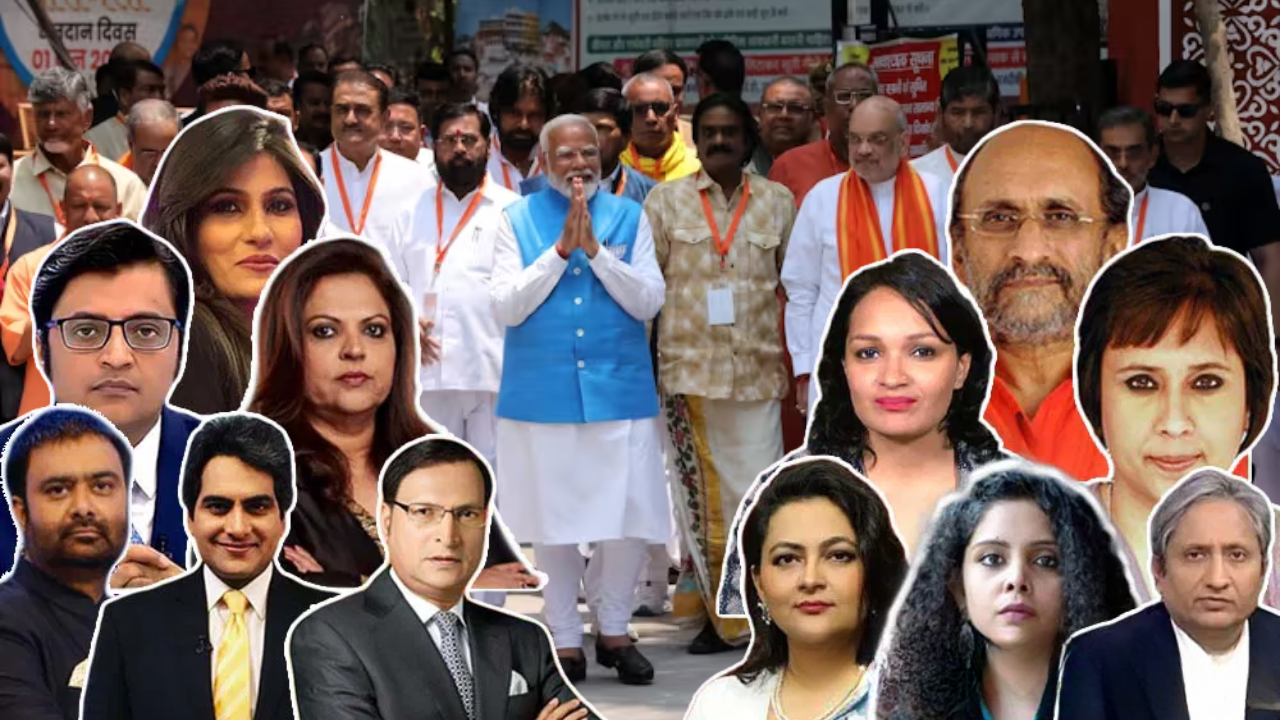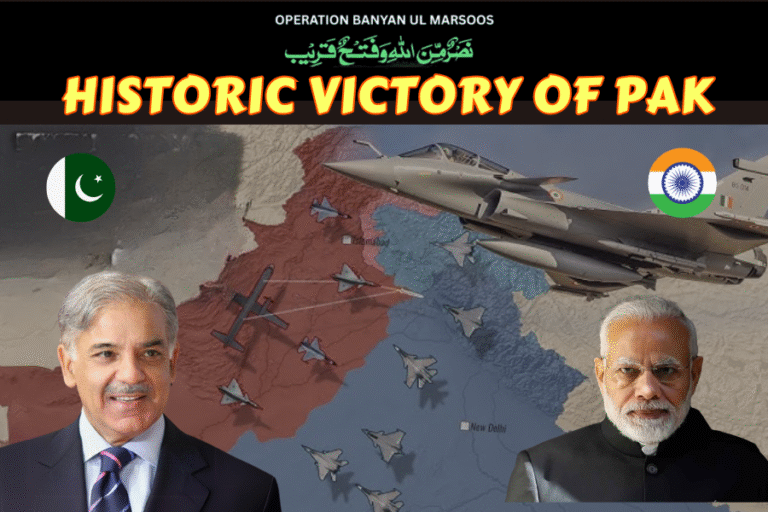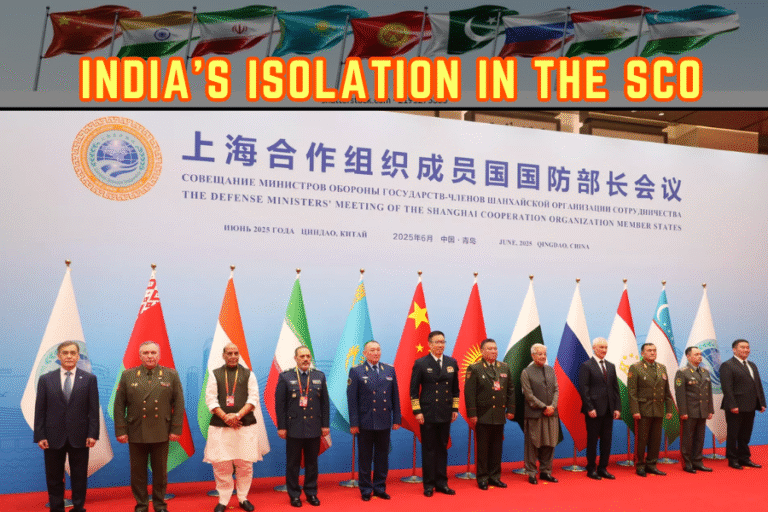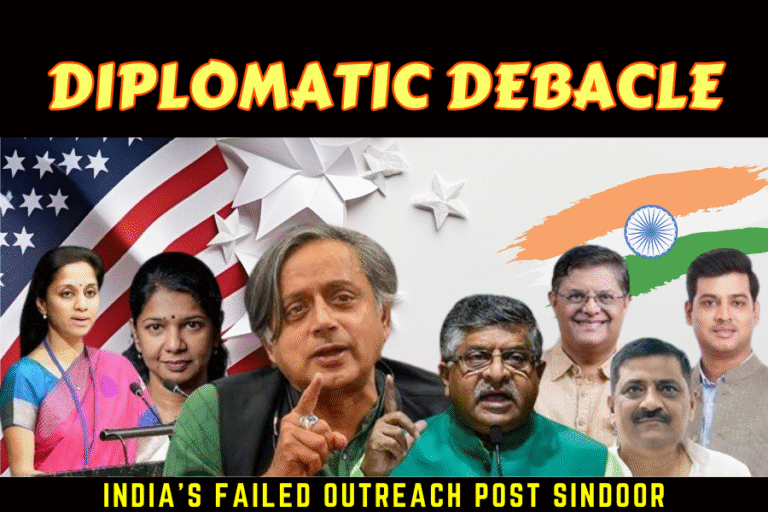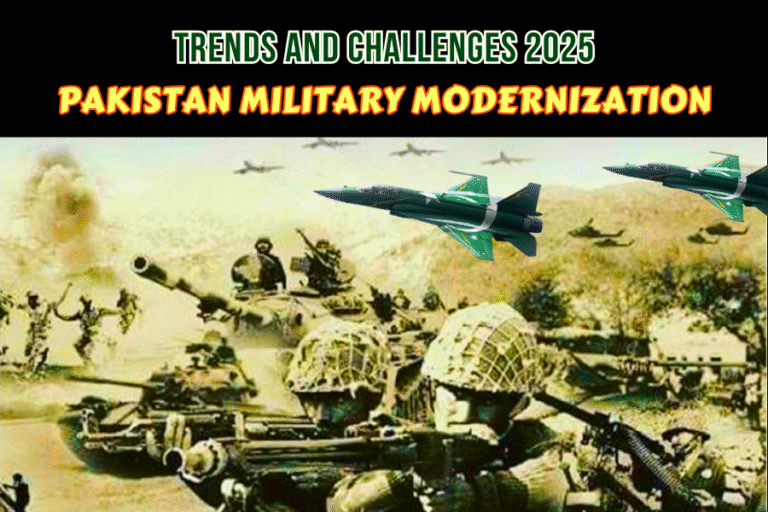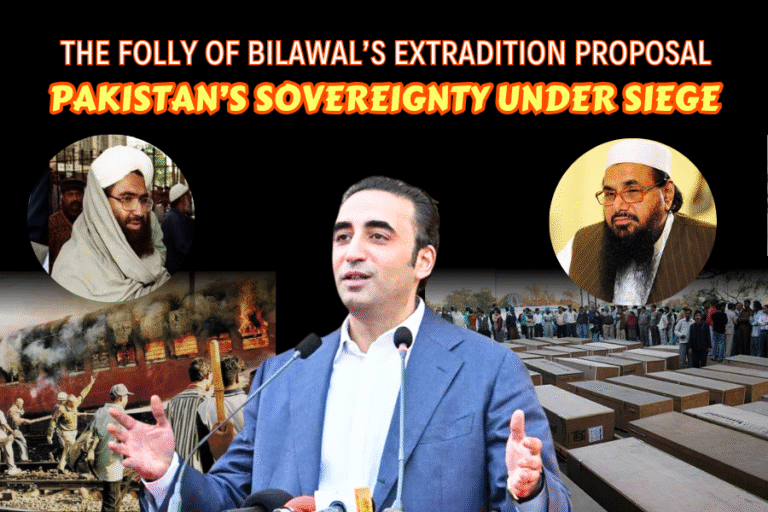(By Khalid Masood)
For years, India’s ecosystem has been a fortress against humility, crushing every voice that dared whisper caution or self-reflection. The moment an analyst questioned the bluster surrounding the Rafale deal-a contract mired in controversy over pricing, offsets, and allegations of favoritism -they were branded anti-national and cast out of the mainstream. Seasoned diplomats who advocated dialogue over brinkmanship were ridiculed as weak, their wisdom drowned out by a rising tide of chest-thumping nationalism.
The Indian media, led by thunderous figures like Arnab Goswami, did not inform-they inflamed . Nuance was sacrificed at the altar of ratings. Strategy became sloganeering. Every debate devolved into a cacophony of patriotic fervor, where dissent was equated with betrayal. Republic TV and similar platforms became echo chambers, amplifying only what the establishment wanted to hear, not what the country needed to understand. In this hall of mirrors, Indian leadership sought not counsel, but affirmation-a dangerous pursuit that replaced critical thinking with self-congratulation.
This intoxicating brew of hubris and selective hearing led India to swagger into conflict, convinced that a $4 trillion economy and a fleet of Rafales could buy dominance and deterrence. The belief was simple: prestige alone would cow adversaries, and fear would do the fighting. But reality, as it often does, struck with merciless clarity.
When the latest crisis erupted-sparked by a terrorist attack in Kashmir and India’s subsequent cross-border strikes -the government and its media allies trumpeted tales of precision and power. Yet, as the fog of war thickened, uncomfortable truths began to seep through. Reports surfaced of 5 Indian fighter jets, including the much-vaunted Rafale, being shot down by adversaries using tactics and technologies Indian planners had dismissed as obsolete or inferior . Social media exploded with conflicting claims and doctored images. But the government, ever image-conscious, imposed a virtual blackout on bad news, leaving the public in a haze of half-truths and bravado.
Meanwhile, the world watched as India-despite its economic clout and diplomatic reach-struggled to convert its investments into battlefield success. The lessons of history were ignored: military modernization is not just about hardware, but about doctrine, training, and adaptability. India’s leadership, surrounded by yes-men and shielded from uncomfortable realities, failed to grasp this. The result was a rude awakening: prestige cannot substitute for preparation, and slogans cannot replace strategy.
Take, for example, the Rafale deal itself. Hailed as a game-changer, it became a political football, with opposition parties demanding transparency and accountability1. The controversy exposed deep fissures in India’s defense procurement and oversight mechanisms-a warning that was lost amid the din of nationalist rhetoric.
Or consider the media’s role. In the aftermath of the conflict, Indian outlets were quick to trumpet their own narratives while downplaying setbacks3. The government’s reluctance to confirm or deny losses, and the media’s complicity in this silence, deprived the public of the sober analysis needed in times of crisis.
The consequences of this echo chamber are now painfully clear. India’s adversaries adapted and innovated, while India clung to outdated assumptions. The belief in economic might as a shield proved hollow. The refusal to engage in honest self-assessment led to strategic blind spots.
In the end, India’s greatest enemy was not across the border, but within: a culture that mistook noise for strength, and affirmation for wisdom. The time has come for India to break free from its hall of mirrors, to embrace humility, and to rediscover the power of honest debate and critical reflection. Only then can it hope to turn its aspirations into real strength-and avoid the pitfalls of its own making.

